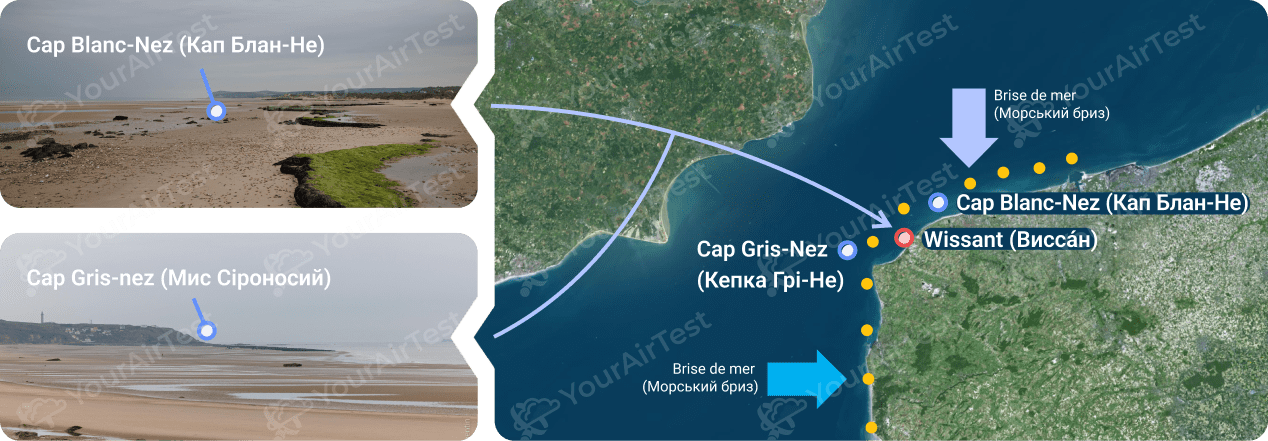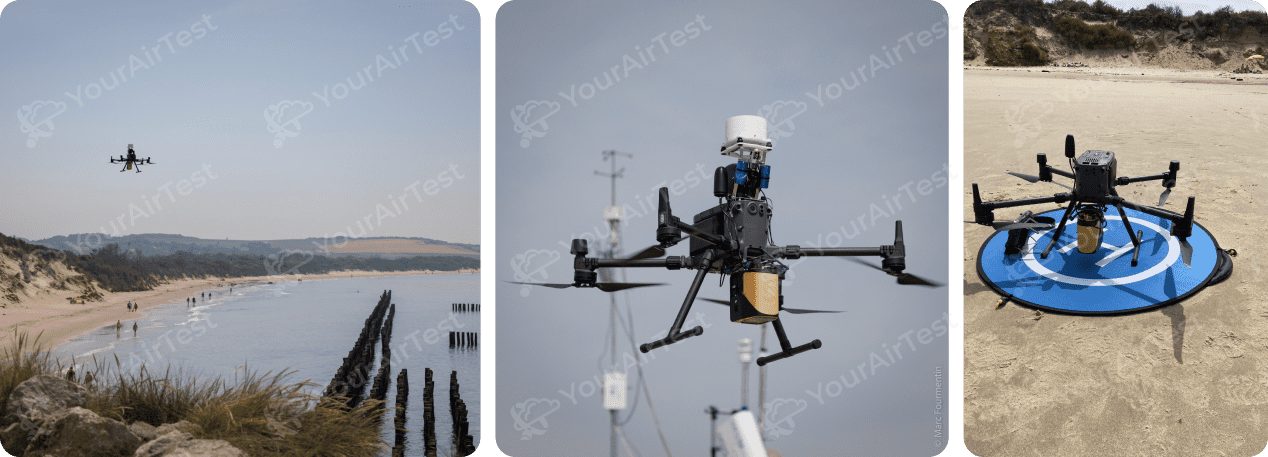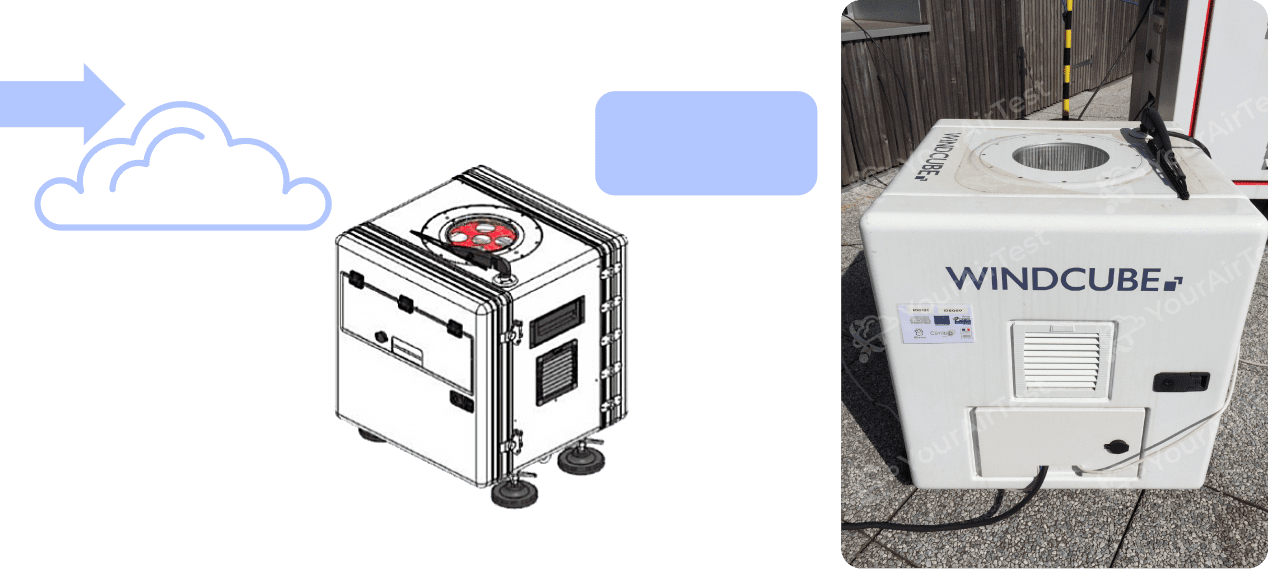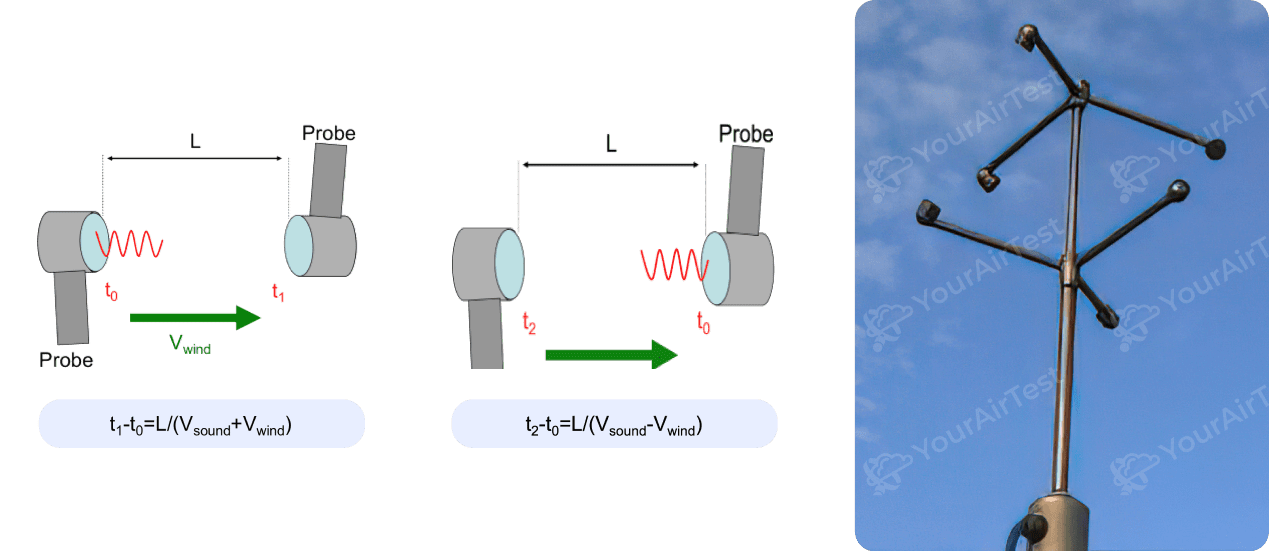In the field of weather forecasting and atmospheric research, accuracy and innovation are paramount. This case study examines the development and implementation of YAT-Meteo, a groundbreaking weather research and forecasting project.
The driving force behind this initiative is the urgent need for accurate weather forecasts, especially in the context of modeling atmospheric emissions. Our R&D team is at the forefront of this quest, taking the best of the best in (Weather Forecasting), numerical weather prediction models, and satellite data to make our YAT-Meteo application, where we have started training our AI module.
YAT-Meteo can convert meteorological data to interact with CALPUFF, a complex multilayer dispersion modeling system, AERMOD, an atmospheric pollutant dispersion model developed by the US National Oceanic and Atmospheric Administration (NOAA), AERMOD is used to predict the concentration of pollutants in the air both in free air and HYSPLIT (Hybrid Single-Particle Lagrangian Integrated Trajectory Model) is a computer model used to calculate air particle trajectories to determine how far and in what direction an air particle, and subsequently air pollutants, will travel.
To create a comprehensive pollution model for industrial emissions and forest fires.

Creating accurate weather forecasts is a challenge in itself. Creating high-quality forecasts and historical modeling with a resolution of up to 400 meters or even 80 meters is an even greater challenge. Nevertheless, we got down to business.
Our research journey led us to finalize weather forecasting models for Ukraine at 10 km, 2 km, 400 meters, and an unprecedented 80 meters. To validate our forecasting expertise, we thoroughly evaluated our forecasts over a 48-hour period in France, comparing them to data measured by our colleagues using professional equipment.

In fact, we are taking weather forecasting to a new level by using ground station assimilation to improve data accuracy.
Weather forecasting is an integral part of predicting how emissions will spread, whether they are from industrial plants, radiation sources or forest fires. Accurate wind directions are crucial for calculating the trajectory of pollutants.

In fact, we are taking weather forecasting to a new level by using ground station assimilation to improve data accuracy.

Our system is up and running and available for scientific applications, especially when combined with models such as CALPUFF, AERMOD, and HYSPLIT. The simulations can cover the whole of Europe and the United States of America, with 10 km, 2 km, and an unrivaled 400-meter resolution.



Conclusions
In the world of meteorological research and weather forecasting, the demand for accuracy and innovation never stops. YAT-Meteo brings a significant leap forward in atmospheric modeling. As we continue to refine our methodologies, the potential applications and benefits are endless.
Weather is no longer just a topic of conversation, it is a tool for understanding global issues, from global warming to detailed modeling of particles in the air.
Accurate weather forecast for 48 hours
Modeling of the past 20 years on request
Meteorological resolution 10 km, 2 km, 400 m
Hail, rain and other weather data alerts
Steps of 15 min, 30 min, 1 hour
Assimilation with ground stations
Satellite data